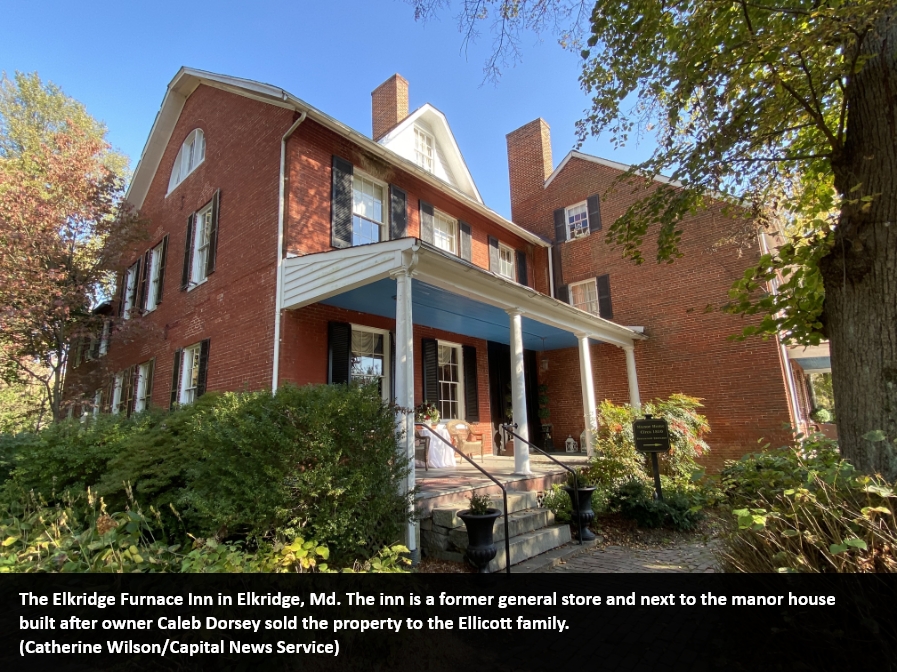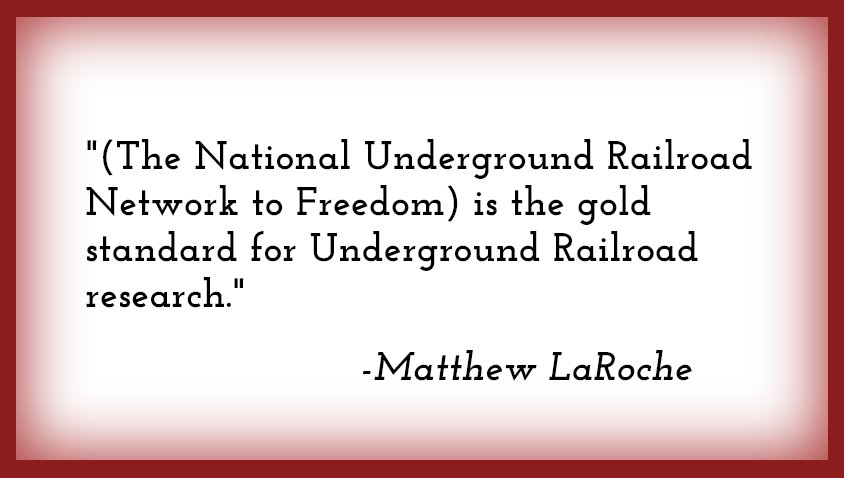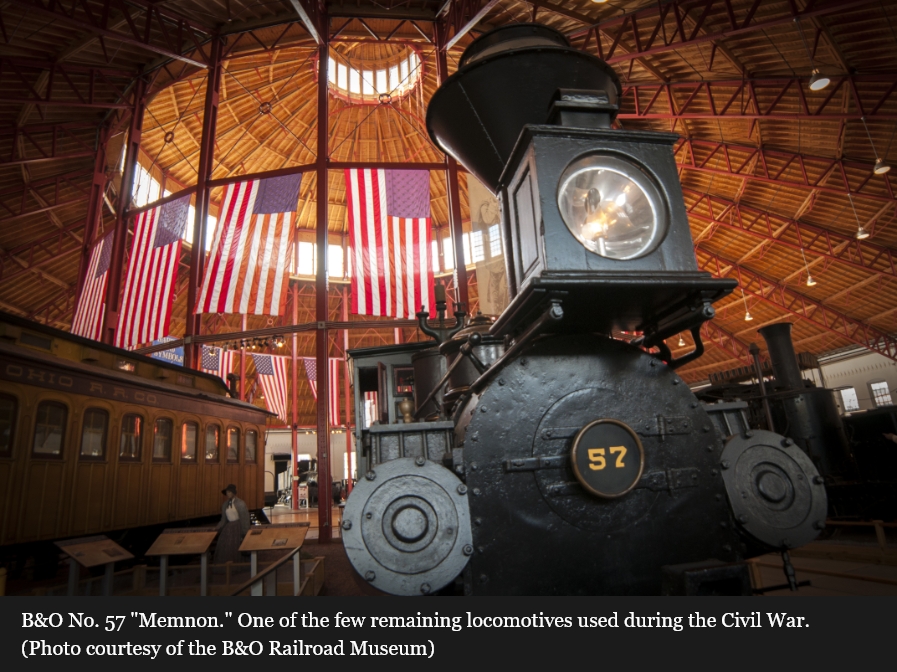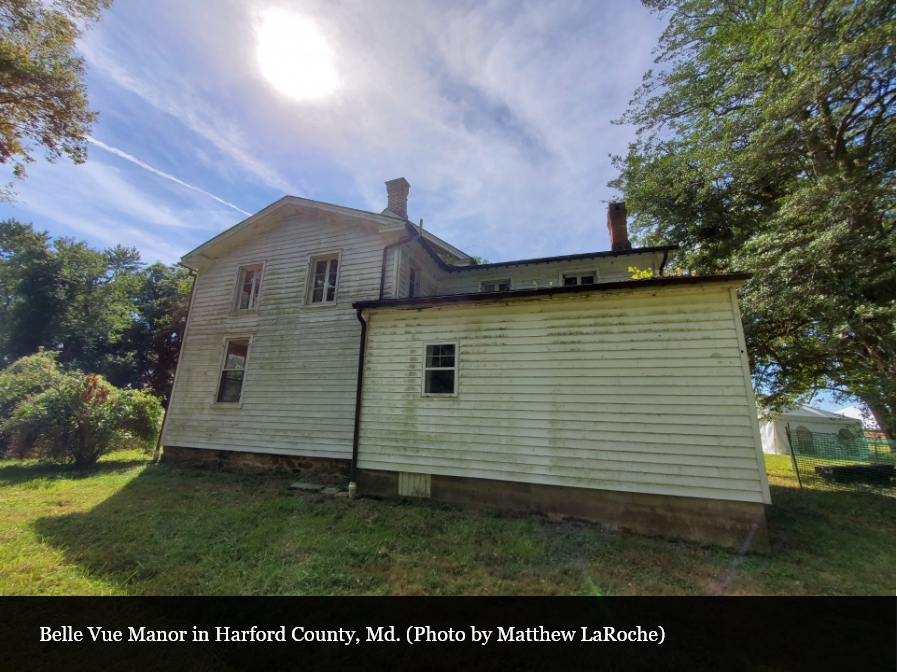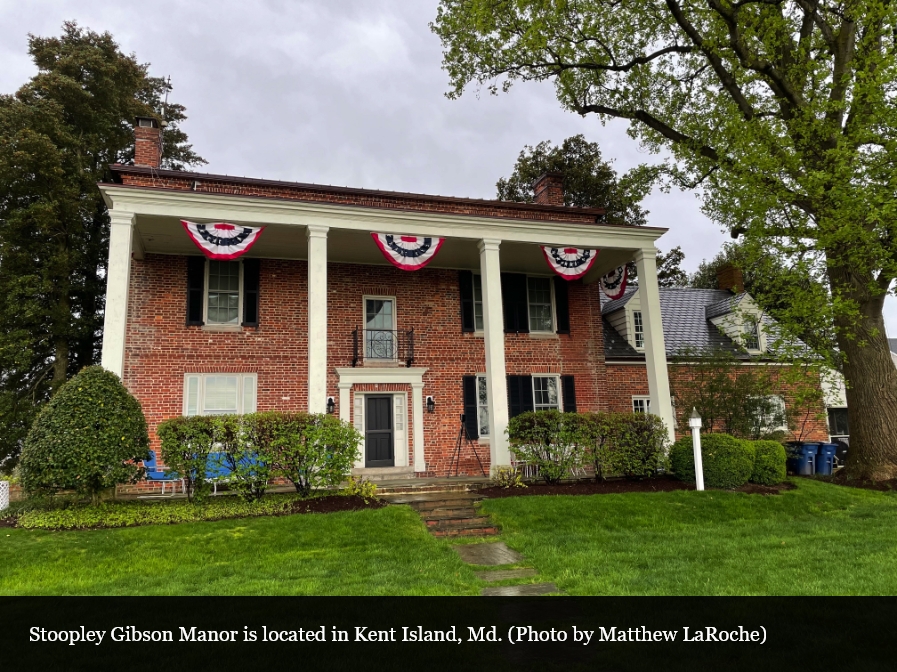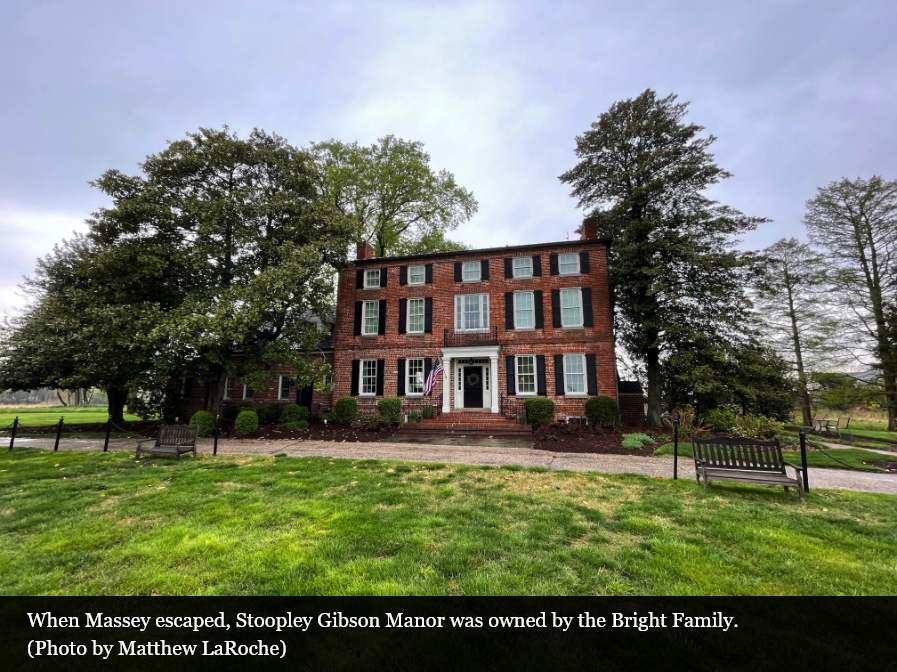The Mount Clare Railroad Station was the only actual railroad to be inducted into the National Underground Railroad Network to Freedom in Maryland during the most recent application season. Its addition calls attention to the important role of railroad stations as a mode of transportation for freedom seekers.
The B&O Railroad connecting Baltimore to Ohio was one of the United States’ first commercial railroads and considered to be the birthplace of the American railroad, according to the B&O Railroad Museum’s website.
At least 20 freedom seekers used the B&O Railroad system to escape slavery, and there were eight known freedom seekers who went through Mount Clare Station on their journey to freedom.
One such freedom seeker to pass through Mt. Clare Station site was well-known figure Henry “Box” Brown, who shipped himself in a box as he moved through the East Coast to Philadelphia. B&O Railroad Museum Executive Director Kris Hoellen describes the journey as grueling and harrowing, and a perfect example of the creative methods freedom seekers used to escape.
The B&O Railroad Museum is planning an immersive exhibit honoring the freedom seekers who travelled on the railroad system, expected to be unveiled in spring 2022. The exhibit will feature the stories of freedom seekers and the impact the railroad had on their escape from the institution of slavery.
“We’re very honored, proud and humbled all at the same time, and excited to give voice to these stories that have not had a voice in the past,” Hoellen said.




